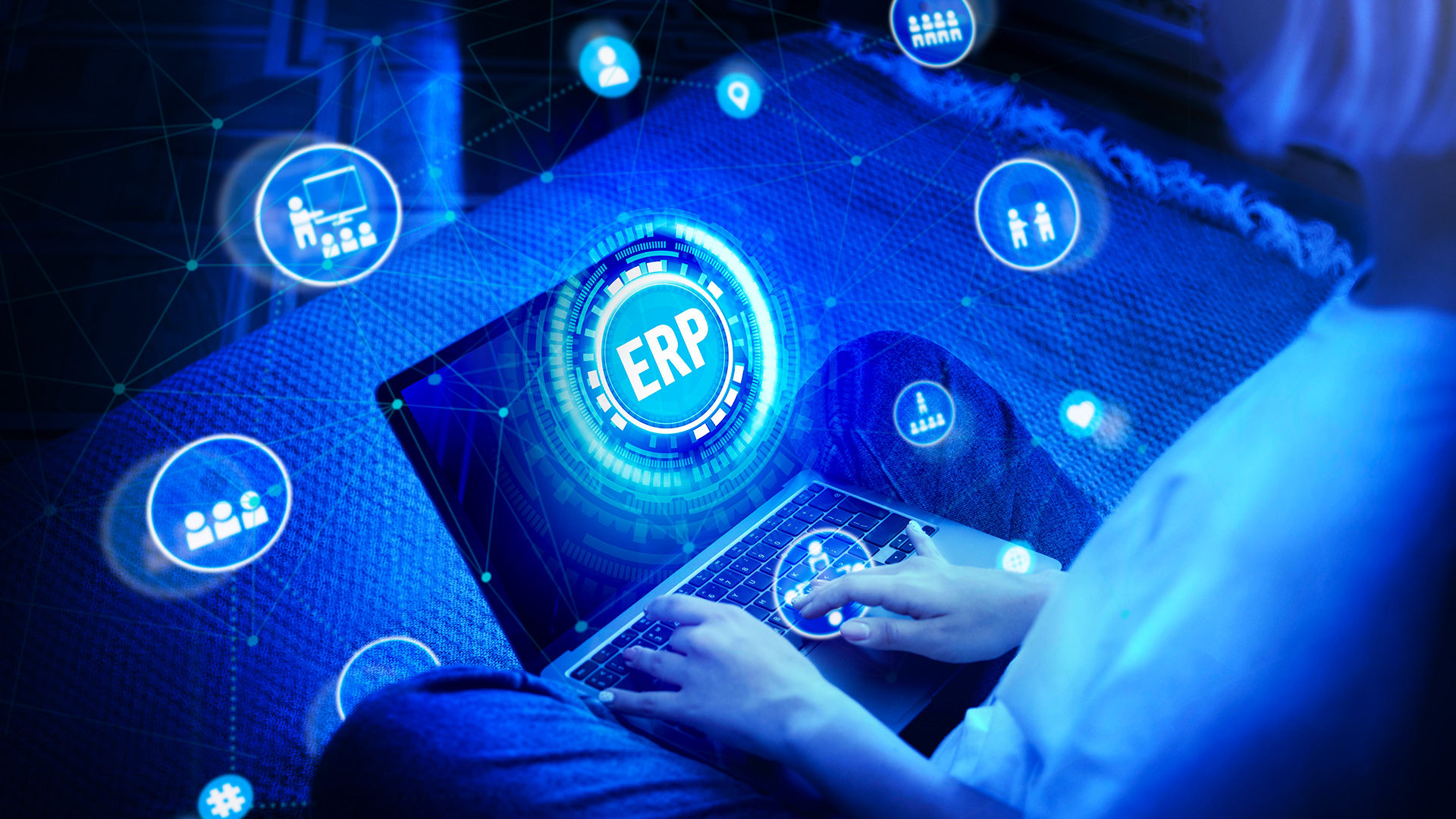Thecomplexity of the global economy and modern consumer demands make it
critical to streamline business processes and manage and optimize data. In this
critical process management, ERP typically underpins these capabilities. ERP or enterprise resource planning is a
software designed to manage and integrate the functions of basic business
processes such as finance, HR, supply chain and inventory management in a
single system. While ERP, which is widely
used in businesses of all sizes, is considered a must for large enterprises,it is also increasingly being used in growing
small businesses .
Key Components of an ERP System
An ERP system consists of software components or modules, each of which
focuses on a different business process. While specific modules are considered
"fundamental" for almost any type of job, the key components addressed
first are;
The ERP finance module automates basic accounting, invoicing, financial
analysis, forecasting and reporting. The main reason a company switches from
independent accounting software to ERP is also often automated.
Human resources (HR) is another basic process that companies try
to develop with ERP. Basic HR manages employee records, benefits management,
and payroll, but ERP often adds talent management functions such as hiring and
performance management.
Other ERP modules common to most businesses include order management,
customer relationship management (CRM), and purchasing (procurement). Companies engaged in manufacturing or
distribution typically add a supply
chain management (SCM) module to their systems
to monitor inventory levels and manage warehouses and transportation along the
supply chain.
Benefits of ERP Systems
ERP offers numerous benefits, most of which come from information sharing
and standardization. ERP modules can more easily share data from different
systems, making it easier to manage cross-departmental business processes.
In addition, ERP software provides several other advantages:
·
Increases
efficiency by automating data collection,
·
Enables
growth by managing increasingly complex business processes,
·
Helps
reduce risk by providing better compliance,
·
Promotes
collaboration through data sharing and integrated information,
·
Improves
customer service,
·
Improves
supply chain management,
·
Saves
money by streamlining processes,
·
Provides
greater and often real-time visibility into business segments that are critical
to meeting customer needs, such as inventory,
·
It
provides better reporting and planning thanks to better data.
10 Steps to Consider When Choosing ERP
1. Focus on ERP solutions that target your
company's needs. According to the
scale of the company, the focus should be on ERP solutions. Many ERP packages have specific industry
focuses.
2. Evaluate the strengths and weaknesses of an ERP
vendor. Also pay
attention to how ERP service providers
have hungry customers, what their financial situation looks like, and how much
industry experience they have.
3. Think long-term. Think about
what modules you might need in the future. Make sure your supplier can
accommodate these changes.
5. Consider other business applications. How
easy will it be for you to integrate your CRM and even e-commerce platforms
into the ERP system you will use? Decide in advance whether you need to
integrate CRM and ERP features.
7. Buy only the modules you need. You
don't have to buy ERP as a package. You can purchase different modules
(services) specific to your industry or type of organization.
8. Pay attention to its integration with existing
systems. How an ERP
system will integrate with other systems
is an issue that needs attention. Can
your ERP system access and read data
that is present in the other system?
9. Choose the ERP that fits your budget and
resources. It is important which financial resourcesand
what kind of budget you have for an ERP system. You should not forget the cost
management required for maintenance and support processes in the future.
10. Make sure that employees can adapt to the
system. It is an important step to transfer the
benefits, benefits and working system of the ERP system to the employees. It is necessary to focus on how they respond to
their ERP usage and needs.
With SAP Business One, You Can Get the ERP You
Need
SAP Business One is a full-fledged ERP system that small and medium-sized
businesses use to transform their businesses. With SAP Business One, you can
have greater control over your business oraffiliate. This management software for small businesses
connects and streamlines your processes and grows with you. By developing a business processes, you can gain better insights into your business, make
decisions based on real-time information, and enable profitable growth.
1. Affordable and suitable for every business. SAP
Business One provides a
highly functional ERP service as it is both convenient and cost-effective. It can also be assimilated with other modules
and update other modules on the fly. You also don't have to pay for any
customization as it has a large private collection.
2. One solution that meets global and business
standards. You can address all the needs of your department with
a single solution. You have clear
visibility and full control over all activities in your small business.
3. Grows with your business and industry. SAP
Business One grows with your business. As your business evolves, it can add new
functionality to meet new challenges. They adapt industry-specific processes to
ensure minimal input while maximizing output.


